Are you confused about the differences between DTF and UV DTF printing?
You are not alone! In this blog post I'll explain the differences between DTF vs UV DTF including and how and when each of these types of DTF transfers can be used.
DTF: Direct to Film Printing
DTF stands for Direct to Film. DTF printing is a type of printing where the ink is applied directly to film. When printing this way, the printer creates a full color transfer or sticker that is both cutless and weedless. Because no cutting or weeding is required, you can achieve very small and fine details with DTF printing.
The film used for DTF printing can either be a sheet or a roll - depending on the printer itself. Various types of ink are commonly used for DTF printing.
One of the big benefits of direct to film printing is that the printed transfers or stickers can be applied to any color and any shaped surface because the printer prints a layer of white ink to act as a base.
This allows the other colors to sit on top of the white base so even on a dark colored surface the full color DTF transfer is not muted.
There two main types of DTF printing each using a different type of ink and curing: DTF heat transfers and UV DTF Transfers.
What are DTF Transfers?
You've probably heard of DTF transfers which are intended for application to garments. DTF transfers are also called iron on transfers or t shirt transfers. These transfers for garments are the most familiar type of DTF transfers to many people.
DTF Transfers are not only inexpensive to print and buy, but they are versatile and very fast to apply with an iron or a heat press making them a popular alternative to layered HTV, HTV transfers, and sublimation.
After a DTF printer prints the transfers a powder is added to the back of the print. The powder is then cured with heat creating an adhesive layer.
The DTF transfer is then ready to be applied to the garment using a heat press or iron. The film used for printing is then removed while the transfer remains on the garment.
DTF transfers have become very popular because of their ease of application, ability to go on any color garment, low price and the fact they are full color but only a single layer.
In recent years DTF printers have gained popularity especially in the small Etsy-type business market and even in the hobby craft world. This is due to DTF printers comes not only coming down in size, but also in price.
Their software is becoming easier to use, but that doesn't mean DTF printers are easy to maintain. Any printer with white ink, including DTF printers, requires near-daily printing to avoid clogged heads and to keep in good printing order.
What's the Best DTF Printer?
I have several DTF printers including the Uninet 100, several Prestige DTF printers, Roland BY-20, Epson F2100, and STS XPD-724 DTF printer. Each does something a little different and has its own pros and cons.
I will say with DTF printers, it's definitely true you get what you pay for. If I had to pick one roll DTF printer it would be the STS XPD-724 for it's relatively low maintenance and if I had to pick one sheet DTF printer it would be the Epson F2100 (now the F2270) for low maintenance, ease of use, and PC AND MAC compatibility.
DTF Printer Alternative: DTF Gang Sheet Builders
Even more recently, DTF printers have realized a huge demand for not only finished goods but also the DTF transfers themselves. A popular alternative for small businesses and hobbyist is to use an image uploader and gang sheet builder to simply order DTF transfers without even owning a DTF printer.
These gang sheet builders allows anyone to upload their own image(s) or get free images from a library and have them printed as ready-to-press transfers that show up at their door.
UV DTF Stickers
The second type of DTF printing is UV DTF printing. UV DTF transfers or stickers are intended for hard goods like phone cases, water bottles, glass and acrylic or even round objects like balls.
They are printed directly to a film that already has the adhesive on it. UV DTF stickers are often covered in a layer (or more) of varnish to give them a glossy, 3D look.
A UV printer is equipped with a UV light. After the ink is laid down the UV light cures the ink.
Some UV DTF printers also self laminate with a transfer material. After the printing and curing process - which is all done by the printer - the sticker needs to covered with a transfer sheet so it can be picked up from the film and transferred to the final surface.
UV DTF printers print to a different type of film than DTF printers. The film UV DTF printers uses has an adhesive on it. The printer will either take sheets of this film or a roll. The compatible size of the film or roll depends on the printer itself.
UV DTF stickers are applied just like a regular sticker.
However, these full color, UV light-cured stickers are highly durable due to the curing method and their adhesive strength. This makes them very popular for promotional items, drinkware and items that are heavily handled. They are dishwasher and microwave safe for the most part.
Best UV DTF Printer for Small Business?
After DTF printers gained popularity in the small business and hobby craft market, it wasn't long before UV DTF printers started also gaining traction. These printers are still no where near as popular with the pro-sumer market, but as more and more desktop size UV DTF printers come to market and the price of UV printers comes down they're becoming more attainable for small Etsy shops.
Even more true with UV DTF printers than traditional DTF printers is you get what you pay for. UV DTF printers under 10k include the ProColored TX800 UV DTF printer and the Epson V1070 UV DTF Printer. Both of these flat bed UV printers are dual function in that they can print direct to film or print directly to object.
 |
The roll to roll Uninet 3000 UV DTF printer is about $13,000 and is a 17" wide UV DTF printer only (it can not print direct to object).
Alternative to UV DTF Printers
Like DTF transfers for garments, if you don't have a UV DTF printer, you can purchase ready-to-apply UV DTF stickers and wraps.



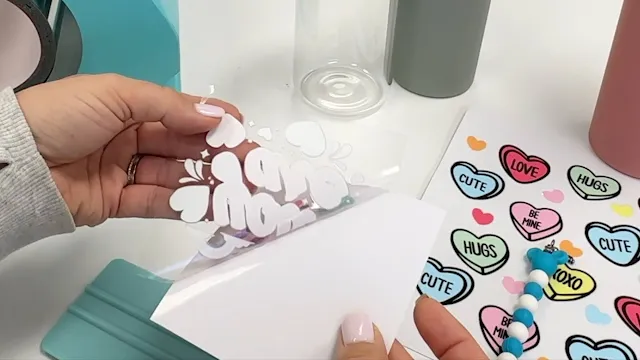
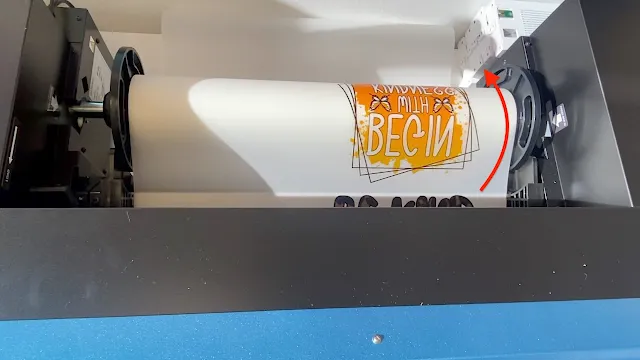


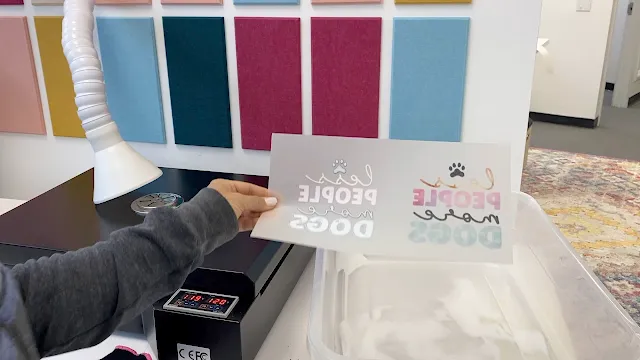



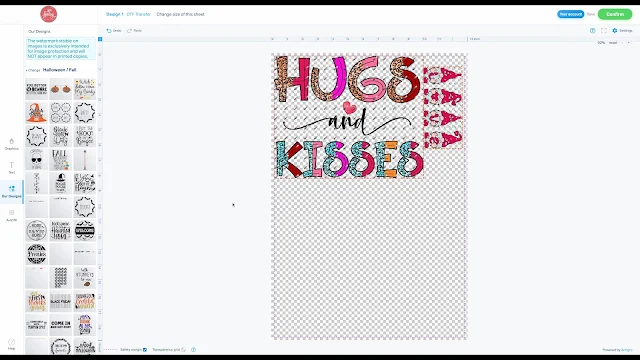
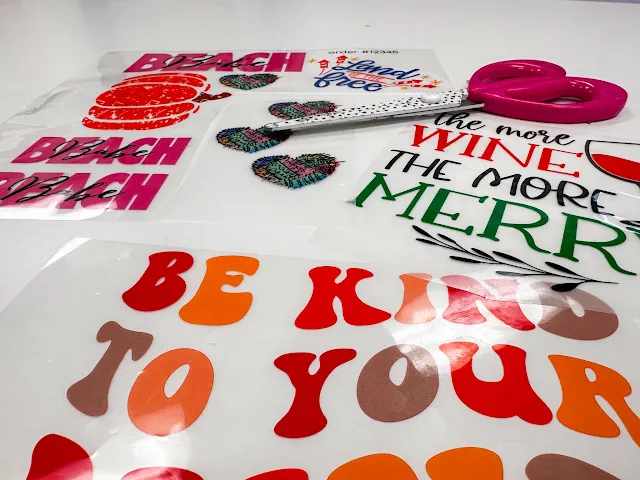









.png)




No comments
Thanks for leaving a comment! We get several hundred comments a day. While we appreciate every single one of them it's nearly impossible to respond back to all of them, all the time. So... if you could help me by treating these comments like a forum where readers help readers.
In addition, don't forget to look for specific answers by using the Search Box on the blog. If you're still not having any luck, feel free to email me with your question.